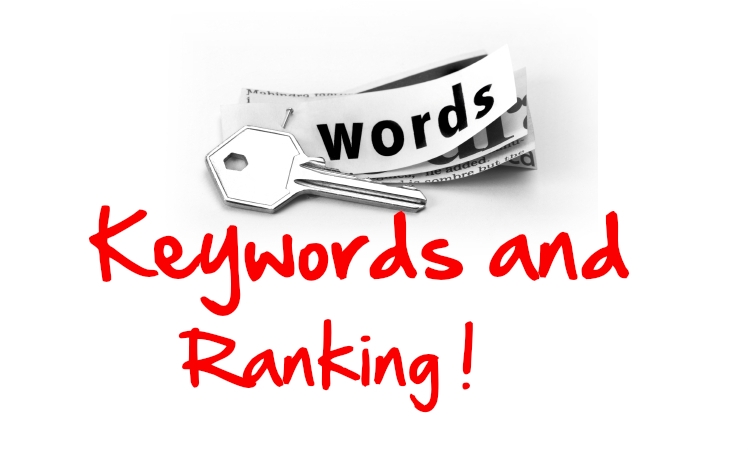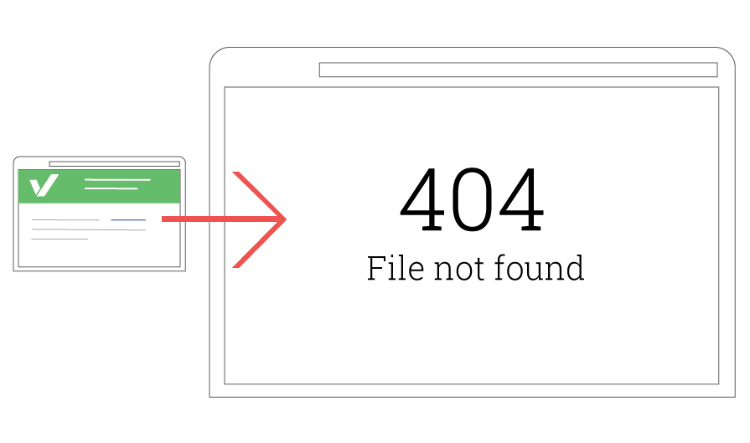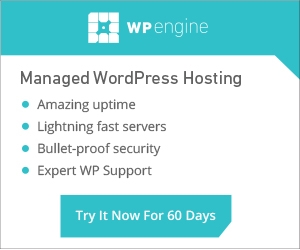All the web traffic occurs on the streets of a search engine, mainly Google, where search engine optimization (SEO) must be number one in the priority list. If you think SEO isn’t that important, there’s hardly any possibility that people will find you.
On the other hand, SEO is a fleshy world where optimization is the fundamental principle that guides its other features. When it’s done right, it can drive a conversion rate up to 14.6%.

Thanks to SEO, 71.33% of the searches resulted in organic clicks on the first page. In simple words, SEO helps in attracting traffic to your site.
Talking about organic search, on-site SEO manages the optimization of webpages to attract relevant traffic. Here, your content and HTML source code are optimized to give your website the edge, as opposed to off-site SEO that deals in promotion methods.
More often than not, it’s the on-site SEO that attracts more organic attention and is the basis of some of the most successful SEO campaigns.
However, on-page SEO has been changing throughout the years, so it’s essential to keep up with the latest practices. In this article, you’ll discover how you can effectively help the search engine understand your website better in both meaning and context.
Here are 12 effective on-page SEO practices to boost organic site traffic.
1. Pay Attention To Your Website’s Content

Content is king when it’s original, relevant, and up-to-date. The quality of your content marketing is linked highly with SEO because good quality content becomes even better with it. In case you’re wondering, content covers your text-based material along with images, videos, and presentations.
Make sure the content you’re using isn’t published anywhere else. It should include the keyword that must not abuse its usage in the form of stuffing. Optimize your non-text content like images and videos using relevant optimization software. For sensitive areas like your logo, have an affordable logo design company provide you with an optimized version.
2. Use Keywords Smartly

SEO feeds on keywords. These are some of the critical factors that help the search engine recognize the relevancy of your content. It is vital that your keyword displays in your title, every page of your website, and every post.
For each page, make sure you use multiple keywords within a post. Do not stuff a keyword because it’s relevant. It makes your content look unnatural and spammy.
If you have a keyword ‘linen clothing for women’, you can use its variations or use it as long-tail phrases to add a natural flavor to your writing. You can even conduct keyword research using Ubersuggest or Keywords Everywhere to explore more keyword ideas.
3. Don’t Forget The URLs

URL (Uniform Resource Locator) is the permanent link to your web pages. Other than its uniqueness, Google and SEO prefer short URLs with main keyword and dates. The simpler and shorter it is, the easier it is for Google to crawl and determine organic traffic coming your way.
The example below illustrates what makes a useful link.
www.example.com/article/0990nNogT7gh547%%nhfopn (Not correct!)
www.example.com/article/6-effective-seo-practices (Correct!)
Just note that your URL should not be longer than 255 characters in total. If you want to improve the user experience as well, make sure you use categories of the webpages.
4. Strengthen Your Backlinks

Backlinking is a practice similar to that of internal linking, but the case is opposite here. You add relevant links from other sites into your content. It might not seem that evident, but links have a significant hand in the ranking.
One thing to remember is to stick to high-credibility links from authority websites. You have to earn links by using original quality content, outreach, and influencer marketing, etc. But make sure you don’t include too many connections from high-quality sites like Forbes or Medium because you might get flagged for being too neat.
Here’s a tip: For each high-quality, use five medium-quality links to build credibility. It will help you add variety to your backlink profile.
5. Optimize Page Titles And Meta Descriptions
While you’re optimizing your URLs, it’s also essential to understand how your titles, headings, and meta descriptions work with SEO and ranking. Each of the above should have your keyword included because they are the indicators of page relevancy.
Not only does it help Google crawler understand what the page is about, but it also helps the user discover the right content. When going for optimization, keep the following tips in mind:
- For page titles, keep them concise, to-the-point, and catchy. The keyword should be there. Add numbers and power words to make them appealing.
- For headings, these should be properly formatted like H1, H2, and H3, and so on. The <h1> is used for the title. Your sub-headings must include variations of your keyword and make sure there is a flow when you’re classifying them.
- The length of a meta description should come between 50-160 characters. Use a crisp voice to dictate an overview of your page or blog. Again, the keyword should be there for relevancy and appeal.
6. Update Your Content Regularly

Since new guidelines have become a thing of the norm, content needs a constant update. It should stay within the SEO guidelines. Once you’ve published a post, the chances are that all the new tricks and tips mentioned in it will someday become outdated, and the ranking of your page might fall.
If you want your website to stay on the first-page results, watch out for the latest trends and development in your area of expertise and update your content by adding new links, research, non-text content, and so on. Not only will it gain a boost in traffic, but it will also enlighten the readers about the trends in history.
7. Improve The Website UX

Users search with queries on Google, and the search engine lists the results as per its understanding of the user’s query. It wants to show the best result. If it doesn’t provide relevant, low-quality results, chances are that users won’t approach this search engine again. So far, Google’s been intelligently sorting web content that eases the user’s hassles.
Your content relevancy matters as much as your website’s usability. If your content resonates with the user and they find it useful, you will find more engagement. Start by writing short, readable paragraphs limiting to 2-3 sentences.
Separate the paragraphs using sub-headings and bullet points. Make sure you’re using informative headings, so your audience gets the gist of what you’re talking about.
Also, use grids to organize your content. Use high-quality original images and make it easy for the audience to digest the material. Also, simplify the menu and navigation to eliminate confusion.
The design also comes as a significant element that must be intuitive and self-directing. Optimize the overall design and content to keep walking on the right track.
8. Produce Long-Form Content

Google is continuously evolving, and so are the users. Instead of opting for capsuled information, the latter is now approaching lengthy content as it has higher chances of ranking in the SERPs.
Sure, jotting down more than 1500 words is not an easy task. You need research, resources, quality content, and – most importantly – time. But here’s the thing. If your content has one paragraph that interests your audience, all the other information might weigh down on your ranking.
For instance, people looking for guides and tutorials will probably need a post that covers the topic in great detail. On the other hand, if you’re offering tips and dos and don’ts of something, you might not opt for a lengthy post. Just a bullet list will get the job done well.
You can’t figure out completely how long your content should be, but what you can do instead is that you can determine what your audience wants and see if your keyword aligns with their requirement. From there, start building and repurposing the content you already have.
Let’s take an example here. If your post is a link-building tutorial, keep an eye on the length of the content your competitors are using. If your post is 1200 words and theirs is 2000 words, lengthen it to over 2000 words with updated information.
Try optimizing your content using the keywords your competitors are using. Search for more ideas and add in the relevant content.
9. Speed Up Your Page Loading

Your site must be great, but if it loads slowly, the traffic coming your way might dwindle gradually. The time your page takes to load is important because it’s directly related to your ranking. The faster it loads, the better are the chances for your website to engage the users. If you’re running or plan to run your website on WordPress, visit our write-up on How to Speed-Up WordPress to learn more.
Google is smart enough to realize the attention a website is gaining. If the visitor retention rates are slow, your SEO ranking will crash.
At this point, optimize your content. Use focused keywords, relevant text, images, videos, and other media to increase page responsiveness.
10. Add Outbound Links
Adding links is a great way to attract traffic. These are the backbone of your website – whether they’re internal or external. But using too many inbound links can limit your content and showcase it gives a promotional vibe.
Here, use authentic outbound links. If you’re using data from somewhere else, hyperlink it with a trustworthy site. Even if you’re extracting data from a high-authority site, make sure you are using recent information.
Balance both internal and external links as it will give your readers a view of the vastness of your data. If they find it interesting, they may approach the links to your other posts.
11. Correct The Broken Links

As mentioned before, authority links can leverage you a boost, but sometimes, these are broken too. If your reader is trying to reach that site via your content, your SEO ranking crushes badly. However, the best bit is that you can still fix them.
Even if the links were working in the first place, keep a regular check to see if there are broken external links. You don’t have to check each link individually when you can use the Dead Link Checker. This tool runs a scan and auto-checks your website for dead links. You can also use this to monitor your competitors or other sites for relevancy.
When you detect a dead link, you can notify the webmaster of that page, giving them a favor to fix it. As the link goes live, you can gain more traffic and boost your on-page SEO.
12. Provide Proper Contact Information
Like your content, the contact information you list affects the traffic coming on your website. Let’s consider an example: a visitor trying to find a business and contact with it might have to struggle if the information provided is not correct or relevant.
Your contact information from your email and social media to phone and location on every platform should be on-point and updated. It should provide the right information to the users looking for your business.
If they’re getting the right information, be sure that your practice will add value to your audience, and eventually, traffic will increase.
Spark Your SEO Skills Because Google Can’t Wait

Even though our post walks you through the effective practices for on-site SEO, balance can only be achieved when you practice on-site and off-site SEO techniques equally.
Each practice is interlinked, and they all contribute to the overall development of your site. If you’re optimizing content, ensure that you’re also making it mobile-friendly. Research and reach out for more SEO-enhancing areas like setting your business on Google, outreaching, business profiling in online directories, and diversifying your strategies, and so on.
Again, the search engine is getting advanced and smarter than before. Your website needs to be aligned with it. If you’re a beginner, don’t overwhelm yourself. Start with a few practices and move on to the others slowly. It will take time, but keep monitoring your results. Correctly use the methods, and when in doubt, let the experts know!
About the Author:
Mehak Aslam is a Digital Marketing Executive at Invictus Studio – a professional logo design company in Dallas. Apart from being a digital native, she sways graphic design and blogging as her pure passion.




These are all solid SEO tips, thanks for sharing them! If you were planning a timeline, what one or few would you say need to come first?
Hi Emma, in my personal experience, I would say Content and backlinks are the two most important of these. But, of course, altogether, all of these combined will make a huge impact in traffic, engagement and revenue.
Definitely agreed that all are important in an overall strategy. I think that – as long as no glaring technical issues are present – content and links can be the best movers.